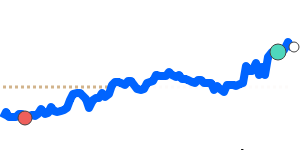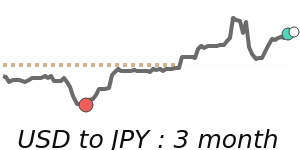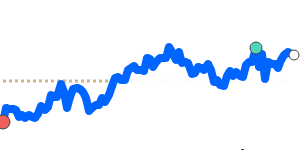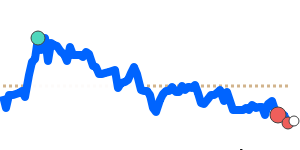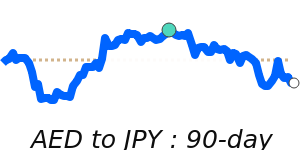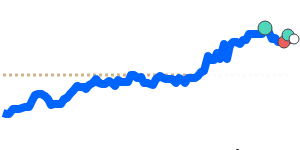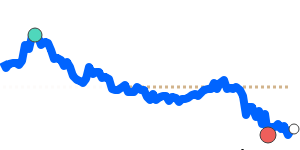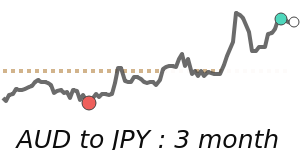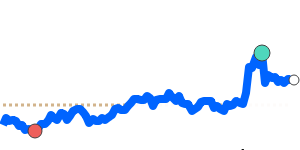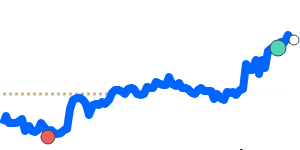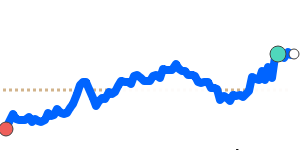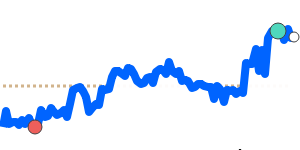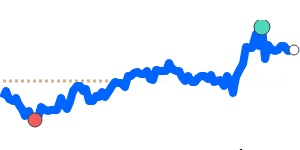The Japanese yen (JPY) remains under pressure, hovering near a ten-month low, with the USD/JPY trading around 156.84 to 156.85. This recent softness is largely attributed to strengthened U.S. Treasury yields, which have bolstered the U.S. dollar. Although the Bank of Japan (BOJ) raised its benchmark interest rate by 0.25 percentage points to 0.75% in mid-December, aiming to combat inflation that has exceeded its target, traders are skeptical about further immediate rate hikes, projecting the next potential hike could happen late in 2026.
Japan's business landscape is grappling with challenges stemming from currency weakness, leading major business lobbies to urge the government to address the increasing costs of imports. Analysts are particularly focused on any measures the Japanese government may take to stabilize the yen and any signals from the BOJ regarding future monetary policy adjustments.
Precise exchange rates show the yen struggling against other currencies, landing at 0.006334 against the U.S. dollar, which represents a decline of 1.9% below its three-month average. The JPY's performance against the Euro and the British pound is similar, trading at 0.005444 and 0.004723 respectively, both also below their respective three-month averages—indicating a broader trend of yen weakness against major currencies.
Yet, amidst this challenging economic backdrop, some analysts are cautiously optimistic. Scotiabank has revised its forecasts for the JPY, predicting a potential recovery against the dollar, estimating that USD/JPY might weaken to 135 by the end of 2025 and further to 125 by the end of 2026. This optimism stems from improvements in Japan's business sentiment and ongoing trade dialogues, suggesting that the yen could regain strength if economic conditions improve.
As 2026 unfolds, traders should keep an eye on U.S. Treasury yield movements, the BOJ's ongoing communication regarding interest rates, and government interventions that might stabilize the yen.
